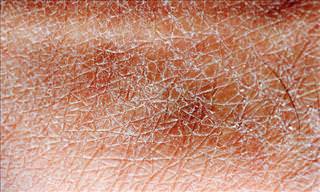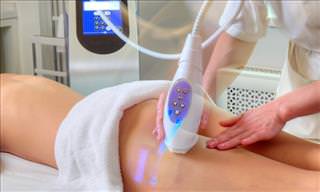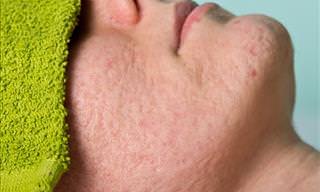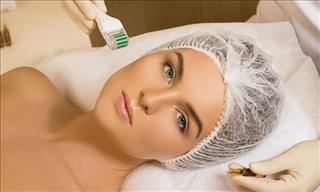Reality television star and Hollywood socialite, Kim Kardashian, made the Vampire Facial infamous back in 2014 after uploading a selfie of herself to social media depicting her face covered in her own blood. She used a Dermapen, which contains nine acupuncture-sized needles, to inject her face with her own blood.
The method is known as micro-needling, which is a method designed to stimulate collagen and elastin fibers to make the skin smoother. Luckily, some four years later, there are less extreme and less painful variations of the process that have been developed, namely dermarolling. Let’s take a closer look:
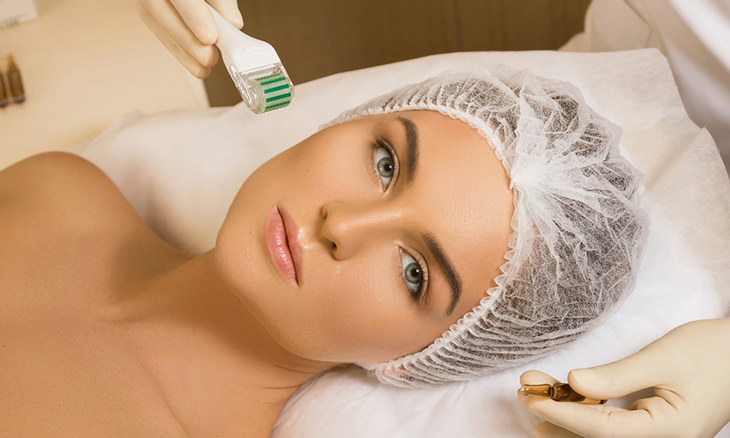
1. What is dermarolling?
A dermaroller is a cosmetic instrument which is used to created tiny little pathways in the skin that help cosmetic products to better penetrate it. The pathways are created by needles that are usually between 0.1 and 0.2 mm in diameter. Larger needles, such as of 0.5 mm in diameter or more, are used for a process called wound healing stimulation. These needles create tiny pricks around the skin and give enough space in between for wound healing to take over. In other words, the process encourages new skin growth, leading to a smoother, more even and plumper complexion.
2. Who is dermarolling suited for?
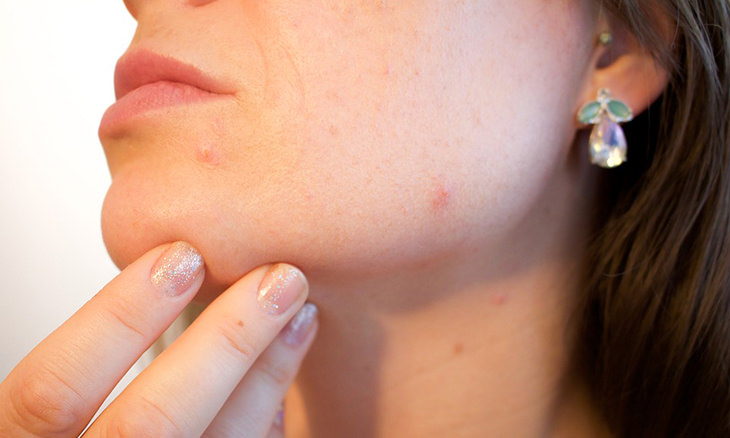
If you happen to have acne scarring, larger pores, or feel like you need a skin-tightening boost, then dermarolling is for you. The needle length is what makes all the difference - short, thin needles are ideal for refining pores, whereas longer, thicker needles are ideal for correcting scarring.
Dermarolling is not suited to individuals with eczema, psoriasis, and warts, because all three of these skin conditions are prone to spreading. Similarly, if you have acne, it's not a good idea to use dermarolling over cystic skin or an open wound from a zit, because this will lead to bacteria being spread all over your face.
Furthermore, you should not use any form of retinol treatment in combination with dermarolling, and that's because your skin will likely have a really intense reaction. If you happen to be using retinol on your skin, then you should stop using it some four to five days before you intend to dermaroll.
3. What kind of preparation is required before dermarolling?
Due to the high chance that you'll draw blood, it's imperative that your skin is as clean as possible prior to dermarolling. Cleansing with a foaming cleanser is recommended, and applying a toner to your skin to balance its pH is also a good idea. For added protection, you can treat your skin with an antiseptic cleanser before pricking it with a dermaroller.
The dermaroller itself should be placed on a clean surface - using a paper towel to place it on is a good idea. When it comes to reusing your dermaroller, be sure to clean it with CaviCide or Barbicide. Soak it in an alcohol-based soak at least once each week. You might also want to consider investing in a gold-plated dermaroller because it will last you far longer than one with a plastic handle.
4. How do I use a dermaroller?
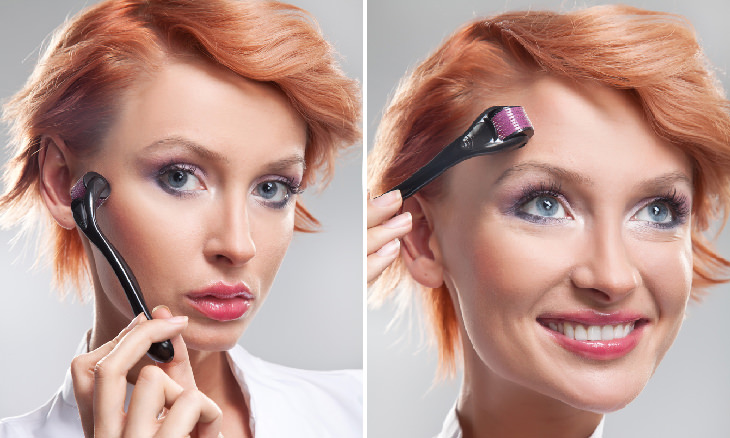
You should move the dermaroller back and forth on your skin in a horizontal motion, creating little channels in your skin. Roll horizontally back and forth over your forehead, cheeks, and chin. After you've done that, roll vertically up and down on your forehead three times. Last but not least, roll diagonally across your face, moving from the center outward through the face as you go. For your nose, you should move the dermaroller from top to bottom.
Using a low vitamin C serum to stimulate the skin after dermarolling is recommended. In addition, you should only reserve dermarolling for your nighttime skincare routine to prevent exposure to the sun.
5. Does dermarolling hurt?
The larger the needle you introduce, the more painful it's going to be. Be sure to avoid pressing into your skin - you should have a light hand when using it. The point is to feel it working, but not to the extent that it becomes uncomfortable. It's not the most pleasant sensation in the world, but it shouldn't be too painful.
Go to a professional if your pain tolerance is low. Dermarolling is about creating an inflammatory response because that's what's going to promote healing. Do not take aspirin or blood thinners if you're dermarolling.
6. What needle size should I use?

0.2 mm - no pain or bleeding, no numbing cream needed - helps skincare penetrate further and enhances glow.
0.3-0.5 mm - mild discomfort, minimal bleeding, numbing cream optional - helps with shallow scars, pigmentation, and fine wrinkles.
0.75-1 mm - moderate pain and bleeding, numbing cream recommended but optional - helps with deep scars, pigmentation, deep wrinkles, and stretch marks.
1-3 mm - severe pain and excessive bleeding, numbing cream required. Note: This should only be conducted by trained professionals.
Notes
Only use the smallest needles available for the eye area.
7. How often should I do it?
0.2 mm - every other day or 3 in 3 out, depending on sensitivity
0.3-0.5 mm - once a month for beginners, others may go up to twice a month
0.75-1 mm - once every 4-6 weeks
1-3 mm - once every 6-8 weeks. Note: This should only be conducted by trained professionals.
Notes
Only repeat the procedure once your skin has fully healed from the previous session.
Overdoing it may cause damage to the skin and compromise its texture and healing permanently, having the opposite of the desired effects as it may stop collagen production too.
8. What are the side effects?
Afterward, your skin will feel very sensitive and it may be red and feel like it's been mildly burned (similar to sunburn). For 0.2 needles, the feeling should go away in 24 hours. For 0.5 mm and upwards, it may take 2-6 days for your skin to completely recover.
9. When will I see results?

Its effects are noticeable immediately, but nice results tend to appear after about one month. It's best if you dermaroll just once a week initially in order to build up your tolerance to it, before moving on to two or three times per week. The smaller the needle you use, the more frequently you can do it. When you've built up to three times per week, you'll definitely see a change in the skin. Lines that were more pronounced will appear diminished.
Dos
• Start off slowly with shorter needles and work your way up
• Disinfect before and after the procedure - dunk your roller's head in a glass of rubbing alcohol for a full hour (simply spraying it will not erase all the bacteria and hot water may damage your needles and roller)
• Disinfect your face as well prior to the procedure with rubbing alcohol
• Apply numbing cream if the needle is bigger than 0.5mm
• Use your roller in a star pattern, five times in each direction - 5 times vertically, 5 times horizontally, 5 times diagonally each inclination; and make sure to always lift up your roller each time so the needle won't be insisting in the same "micro-hole" over and over again
• Be careful with the products you apply afterward - you should avoid products with strong and irritant active ingredients (avoid essential oils, acids, retinol or retinol-type ingredients, highly fragranced formulas and/or comedogenic ingredients)
• Apply gentle and calming products for hypersensitive skin types
Don'ts
Never attempt dermarolling if you're on the following medication:
• antidepressants
• (ro)Accutane / isotretinoin
• antibiotics or penicillin
• drugs for high blood pressure
• anticoagulants
• any medication that may increase skin sensitivity
• drugs that decrease healing
• drugs that cause hyper or hypopigmentation
• NSAIDs
• Tetracycline
• Dermaroll if you've recently had a peeling or exfoliating treatment, if you've had laser treatment or if your skin is just feeling vulnerable and sensitive overall
Never dermaroll over areas with the following characteristics or conditions:
• Active Acne / Rosacea / Keratosis / Eczema / Psoriasis / Rashes / any other skin condition
• Any type of contagious skin disease
• Abnormal Skin Growth
• Keloid scarring
• Moles
• Sunburn
• Skin Cancer
• Warts
• Open Wounds
• Any type of inflammation or bruised skin
• Hemophilia
• Apply too much pressure, slide your roller over your concerned areas (avoiding eye area unless that's your specific target) about five times in different directions as a star pattern, as explained above in the Do's section
• Share your dermaroller - that is your personal tool and you should not share it with anyone as you'd not share a mascara, toothbrush and such
• Apply makeup, sunscreen or tanning lotion for the next 24h
• Be in direct sunlight for the next 24h
• Exfoliate your skin at all until it completely heals (that includes anything with acids on them and exfoliating scrubs)
Content sources: 1; 2
Images by Deposit Photos.
 Go to BabaMail
Go to BabaMail










